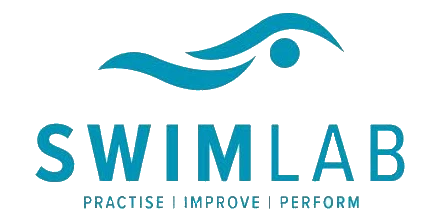Dry Land Swim Practice for Freestyle Arm Recovery
Dry Land swim practice’s are a great way to improve your swimming skills and knowledge.
Using either horizontal, vertical or ‘leaning’ position the swimmer is able to practice on a solid, stable surface, rather than in the unstable environment of the water.
Benefits of Dry Land Swim Practice
- The movement can be carried out very slowly, which is important for corrective work, and embedding new movement patterns.
- The swimmer is often able to ‘see’ what they are doing; using a mirror is ideal for this purpose.
- The swimmer can feel the correct muscle engagement, and trajectory of the arm or body part throughout the movement.
As a Total Immersion ™ swim coach, we utilise either standing, lying or ‘leaning position’, to introduce and develop new skills, drills, and sequences, especially through the cognitive phase of skill development.
In this particular example of Freestyle Arm Recovery movement in lying position, we look to ensure the following
- Top leg falls forward to support the body in and angled / rotated position
- Observe how the leg acts as a stop point here, showing the swimmer where to stop the pull, and start recovery. A crucial transition that needs to be smooth and fluid, with absolutely NO stop point. The swimmer cannot pull beyond, or passed the hip causing shoulder impingement, or move behind the frontal plane of the scapular
- Elbow moves away from the body, not up, backwards or behind – staying in the frontal plane of the scapular range. Again, limiting the possibility of impingement, which can stress the joint and be injurious over repetitive movements.
- Elbow is ‘high’ and fingers low, NATURALLY due to rotation, and good balanced body position from head to heels there is no active lifting of the arm up, backwards or away from gravity.
- We ask swimmers to maintain ‘fingers to floor’ contact, this is a great reference point for the swimmer to feel the forwards movement of the arm in recovery, thereby capturing important inertia effect of the moving weight of the arm.
- Observe how the hand position stays in the same plane i.e. back of the hand faces forwards, and palm faces backwards throughout the entire movement. Avoiding internal rotation from the shoulder joint that causes the familiar ‘palm outwards’ appearance.
- The swimmer arrives at the final ‘entry’ position of the movement, poised – they get a chance to feel how the torso rotation is maintained right up to the point of entry. Rather than moving towards flat, as the arm moves forwards in recovery – as we see in many swimmers.
Join our Swim Technique Discussion Group on Facebook for more swimming tips and tricks!

